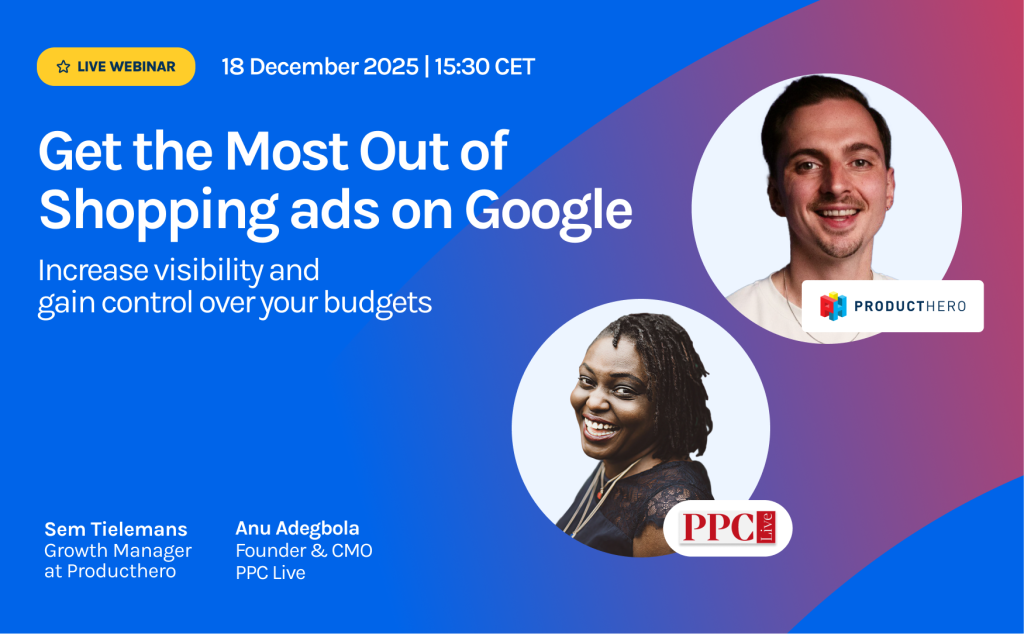Generative AI is one of the hottest, most-talked-about topics in PPC today. Amidst the current AI boom, Google has steadily been adding AI features to Google Ads, with Microsoft and Meta following suit.
However, generative AI still holds a lot of risks for advertisers. I came across a striking example this week: Google’s generative AI hallucinated and advertised specials that didn’t exist for a local pizza place, leaving frustrated customers demanding deals the restaurant had never even offered.
While this happened within the context of AI overviews for organic search, it is still a cautionary tale for anyone considering using generative AI within their ad campaigns.
There are many reasons advertisers both want and need control within their ad campaigns. Here are some scenarios that happen all the time, and for valid reasons:
Keywords & Search Queries
- An advertiser does not want to show up on a competitor’s keywords.
- An advertiser only wants to show up for the product and service they’re offering.
- An advertiser only wants to put spend behind certain products.
- There are certain claims the advertiser legally cannot make.
- There are certain keywords that would be at odds with the brand guidelines of the advertiser.
The scenarios above are just the tip of the iceberg.
I often see Google switching products and services on people. For example, the tech giant’s recommendations tab recommends that I advertise on vacuum keywords when I’m selling a mop. It also thinks a client with the word “Tap” in their brand name is a home brewing company when they are really in real estate finance.
I once ran ads for deals at a nightclub that had the same name as a popular electronic product. Every query in the campaign needed to be filtered to make sure that the searcher was using the term as the nightclub, not as the gadget.
Ads
There are also a lot of valid reasons why an advertiser might need to have control of their ad copy and be unable to use generative AI to write new headlines and descriptions.
- An advertiser has claims that must be included in every ad in order to be compliant with either government regulations or corporate messaging.
- There is language that must be in every ad in order to be compliant with government regulations.
- An advertiser is only approved to make certain specific claims in ad copy.
- Legal needs to clear all ad copy for compliance due to industry, corporate policy, or both.
- The Brand Team or equivalent needs to clear all ad copy for compliance and adherence to brand messaging and guidelines, usually due to company policy.
- There are certain words that the advertiser is prohibited from using in their ad copy, either by their legal teams, brand teams, or by law.
- The advertiser specifically wants to advertise a specific product or service, even though they offer other products and services.
- The advertiser wants to target a competitor directly.
- The purpose of the campaign is to promote a specific promotion or initiative.
AI suggestions that don’t meet an advertiser’s campaign goals pop up all the time – from the made-up pizza specials referred to previously to suggesting copy that doesn’t include a required caveat. Manual review is a crucial step before publishing new ad copy.
Creative
In addition to the examples as they apply to ad copy, creative needs can be complicated by further brand style guide requirements. One client only wanted to use illustrations as their images, done in a certain style mirroring their website.
Another client required every person in their ads be shown wearing socks, even though the brand wasn’t in footwear. Several companies featured products or logos that could never, under any circumstances, be cropped. Other companies weren’t allowed to display their products in their ad creatives at all.
What It Means and Where We Go From Here
Companies in any of the situations above in regards to their keywords, ad copy, and creative are generally unable to use generative AI accordingly. That means that they shouldn’t apply expanded broad match, asset optimization, ad customization, or image and video enhancement, amongst other things. Using Generative AI poses risks for brand guidelines, business guidelines, and legal requirements. Many companies simply cannot afford to take those risks.
AI shows great promise, but unless advertisers can provide guidelines to the tools that address these issues and reduce these risks, the tools will remain out of reach of many advertisers.
I urge the ad platforms to take these concerns and caveats seriously and build in solutions that account for them as a requirement before releasing any new generative AI product.
Until they exist, there’s a reason I am uncomfortable testing AI Max (and anything similar), and I know I’m not alone in my concerns.






